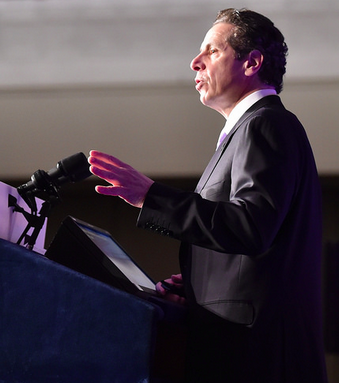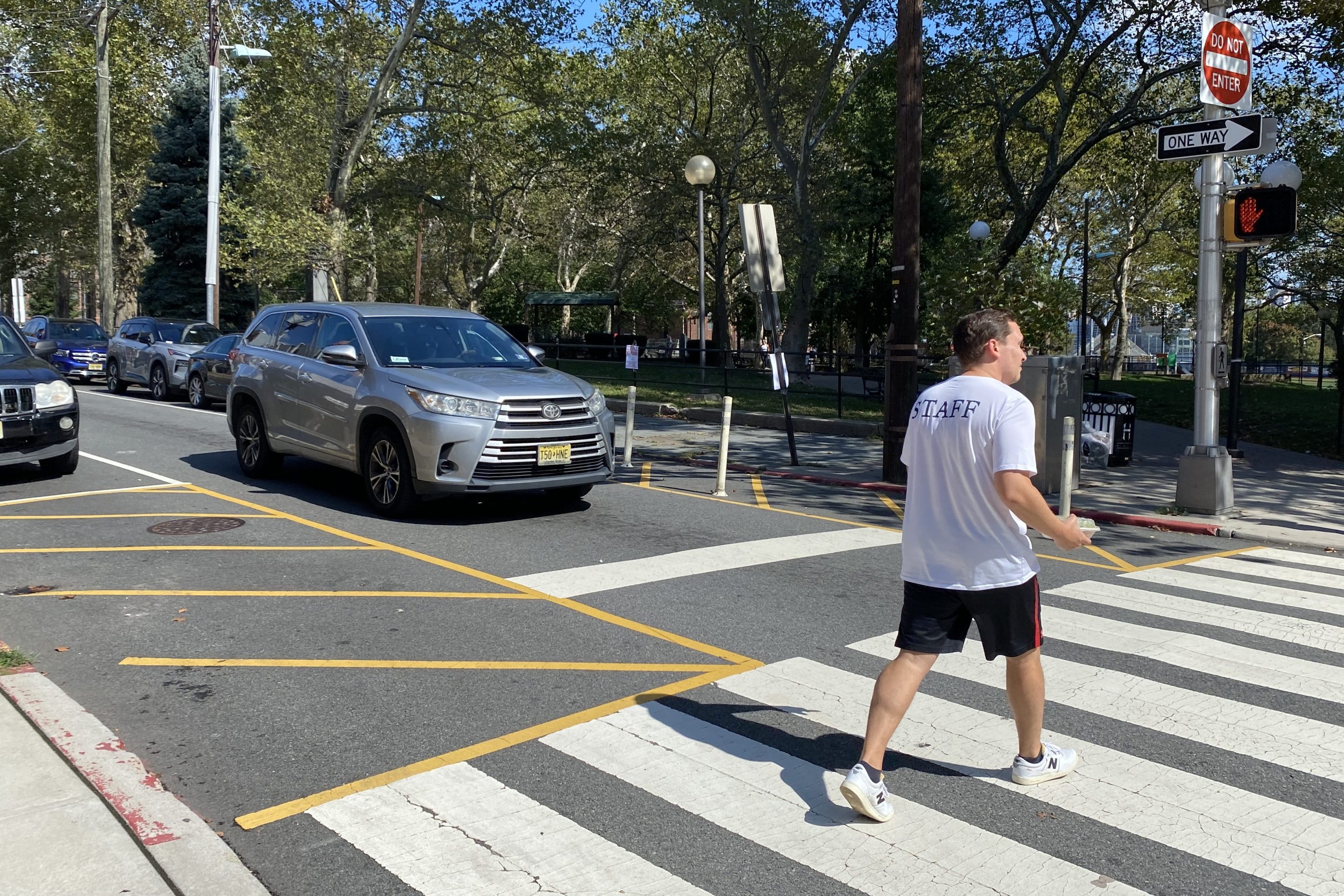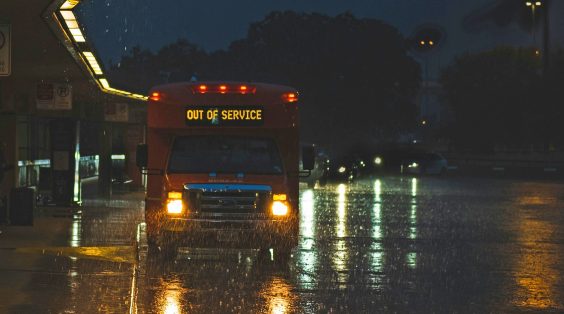A day before his big statewide policy address, Governor Andrew Cuomo laid out his transportation and infrastructure agenda today at a Midtown breakfast hosted by the Association for a Better New York, a business group. This was not the speech where the governor finally laid out his plan to prevent runaway MTA debt, fix the traffic that is choking New York City's economy, and revive cities around the state by tearing out decrepit 20th century highways and redeveloping downtowns.

Instead, surprising no one, Cuomo promised subsidies to keep highway tolls cheap, train stations with tons of parking, and economic development centered around airports. The speech did not even mention the most pressing transportation issue in New York right now: the $15 billion gap in the MTA's five-year capital program.
Cuomo did mention that the capital program will pay for new buses and subway cars, the Second Avenue subway, Metro-North along the Hell Gate Line, signal upgrades, and Bus Rapid Transit (which he called "a big part of the future") -- all part of the plan already. The governor also touted an attention-grabbing new proposal to build an AirTrain line to LaGuardia Airport from the Long Island Rail Road and 7 train stations at Willets Point, a 30-minute subway ride from Times Square.
Cuomo said the LaGuardia project is in "initial planning phases," though the administration expects the 1.5-mile line to cost $450 million and take the Port Authority, in consultation with the MTA, five years to build. (A more direct proposal to extend the N train from Astoria to LaGuardia, championed by Mayor Rudolph Giuliani, was scuttled by NIMBY opposition more than a decade ago.) Cuomo also proposed tax-free zones for businesses near Stewart and Republic airports in a bid to boost freight traffic there.
Meanwhile, the most significant new MTA proposal unveiled this morning involves building garages for park-and-ride commuters to Metro-North and LIRR stations at Ronkonkoma, Nassau Hub near Roosevelt Field, and Lighthouse Landing in Tarrytown. Tellingly, the images that flashed on screen as Cuomo spoke did not depict parking structures, but tree-lined streets with apartments and retail from transit-oriented development projects in Westchester County and Long Island. The state will subsidize the garages to the tune of $150 million, according to a press release, but it's not clear if this will cover the total cost and, if not, whether the MTA will be on the hook for the rest.
The governor wants New Yorkers to think that this infrastructure construction will come at essentially no cost. "All the costs will be from existing state resources," Cuomo said. He mentioned the $5 billion bank settlement windfall as a potential source of funding, but his staff couldn't say after the event exactly how much of that kitty might go to transportation.
In any case, nothing the governor mentioned would come close to addressing the $15.2 billion MTA capital program shortfall. According to a press release, the state will contribute $750 million over the course of the five-year program, down from $770 million in the previous capital program [PDF]. While those funds are a new commitment, they still leave the deficit at about $14.5 billion.
The best solution would be to reform New York's dysfunctional toll system, yielding environmental, economic, equity, and transportation benefits in addition to new funding. Former MTA chief Elliot "Lee" Sander, who hasn't come out for one fix over another, is calling on elected officials to come up with a solution. He said he was "not surprised" that Cuomo's remarks failed to address the MTA's capital plan budget gap. "There's enough room in there to figure it out," he said of the governor's position, "and he's committed to figuring it out."
As long as Cuomo avoids crafting a specific solution, however, the gap threatens to saddle straphangers with billions in additional debt -- meaning fare hikes down the line.
While transit riders have to worry about rising fares, Cuomo is reassuring motorists on the state's highways that tolls won't go up. The state budget will subsidize $1.3 billion in Thruway Authority expenses and send $750 million to the state DOT for roads and bridges, according to a release. And however the state ends up paying for the $4 billion Tappan Zee Bridge, it won't involve toll hikes on the financially troubled Thruway, which is undergoing a management shakeup. Cuomo reiterated his promise not to raise system-wide Thruway tolls.
Absent from the governor's speech was any mention of highway teardowns like I-81 in Syracuse or the Sheridan Expressway in the Bronx that are currently in play as economic development projects in several cities around the state. Building healthier cities by reviving walkable downtowns just doesn't align with the governor's infrastructure message.
Easy motoring on the Thruway, however, is a great fit. "There won't be a toll increase," Cuomo said, "because we want that traffic and we want that volume to continue."





